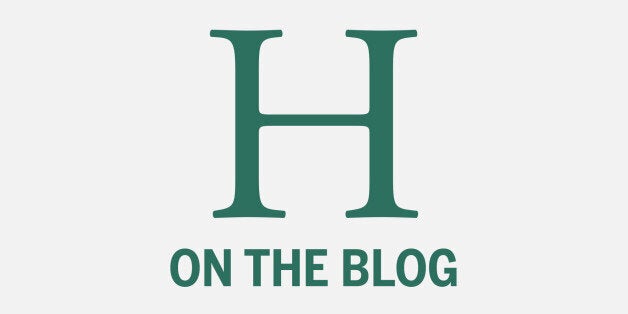
For those who issue (or believe) optimistic pronouncements about defeating terrorism, the State Department's annual "Country Reports on Terrorism," released in late April, is worth reading. It describes the expanding breadth and vitality of terrorist activity, particularly in the Middle East and Africa.
Although the report cites the Al Qaeda leadership's "difficulty in maintaining cohesion," that does not signal Al Qaeda's demise, and it does not reflect the altered role of Al Qaeda. Since the days of Osama Bin Laden, Al Qaeda has transformed itself from a relatively traditional, vertical organization to a network, with its many nodes possessing a high level of autonomy. "Al Qaeda" has become something of a generic label, and Bin Laden's successor, Ayman al-Zawahiri, is a figurehead who has little authority over these affiliates.
In addition to the country-by-country analysis of terrorist activity, the State Department report conveys several important lessons:
•The war in Syria is creating "a new generation of globally-committed terrorists, similar to what resulted from the influx of violent extremists to Afghanistan in the 1980s."
•Africa is home to increasingly significant terrorist activity, as exemplified by Nigeria-based Boko Haram.
•Social media are proving to be valuable tools for terrorist groups' internal communication and for reaching larger audiences around the world.
This latter point is particularly important and deserves more attention than the State Department report gives it. A more thorough examination of these media tools as they are being used in Syria was provided, also in April, by the International Centre for the Study of Radicalisation and Political Violence at King's College London. The center's report describes the variety of ways that foreign fighters in Syria use social media:
•By disseminating real-time information among the fighters, social media have become "an essential facet of what happens on the ground."
•Jihadists receive information about the political context of the conflict not primarily from their own fighting groups, but from "private individuals who are (mostly) based in the West and who may never have set foot inside Syria."
•These outsiders include spiritual authorities who are "playing the role of cheerleaders." Among the most prominent are the American Ahmad Musa Jibril and Australian Musa Cerantonio.The King's College report is based on careful study of the social media habits of 190 foreign fighters, a valuable approach that combines network theory with the basic detective work of following the connecting paths among the fighters. The report's findings underscore the need to pay attention to social media content. For instance, in a posting from last December, Musa Cerantonio denounced "the tyrant leaders of the USA" and called for "assassinating their oppressive leaders...not something that is beyond us at all." Such messages should not be dismissed; Cerantonio was found to be the third "most-liked" social media source among Syria's foreign fighters.
This is the kind of analysis that the United States and other countries should rely on more heavily. The global nature of communication and the multinational nature of terrorism fit together all too comfortably. Although some counterterrorism programs use social media to push back against extremist rhetoric, these efforts are too limited and the science of studying social media content is underutilized.
Social media constitute the virtual battlefield in a struggle against terrorism that shows no signs of becoming less fierce. Once the foreign fighters now engaged in the Syrian war turn elsewhere, they will find numerous paths to follow, perhaps urged forward by their social media cheerleaders. Those who design countermeasures should pay attention to social media, as doing so might help to trace the fighters' steps and to develop appropriate responses. This is a war unlike any other, and social media are among its most potent weapons.
